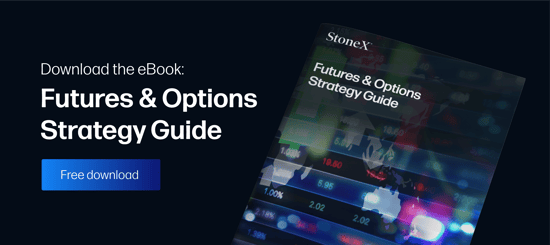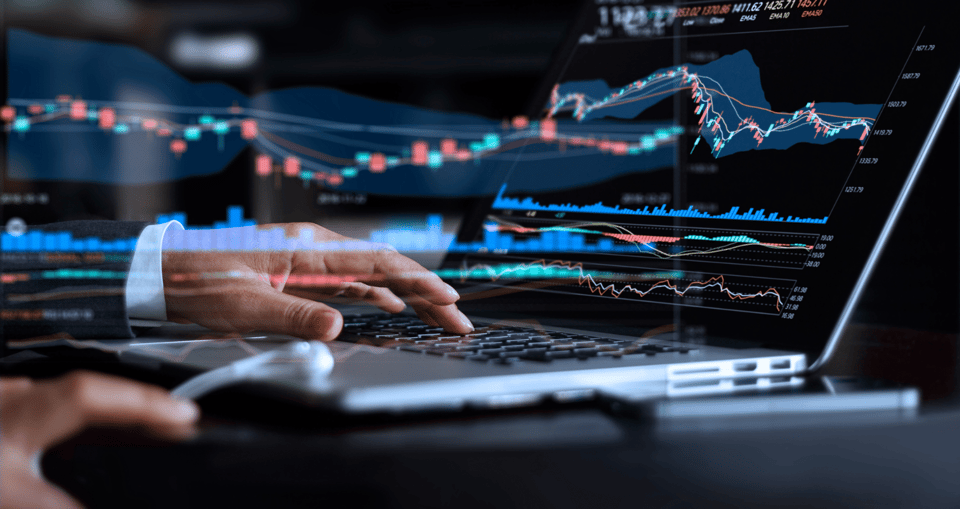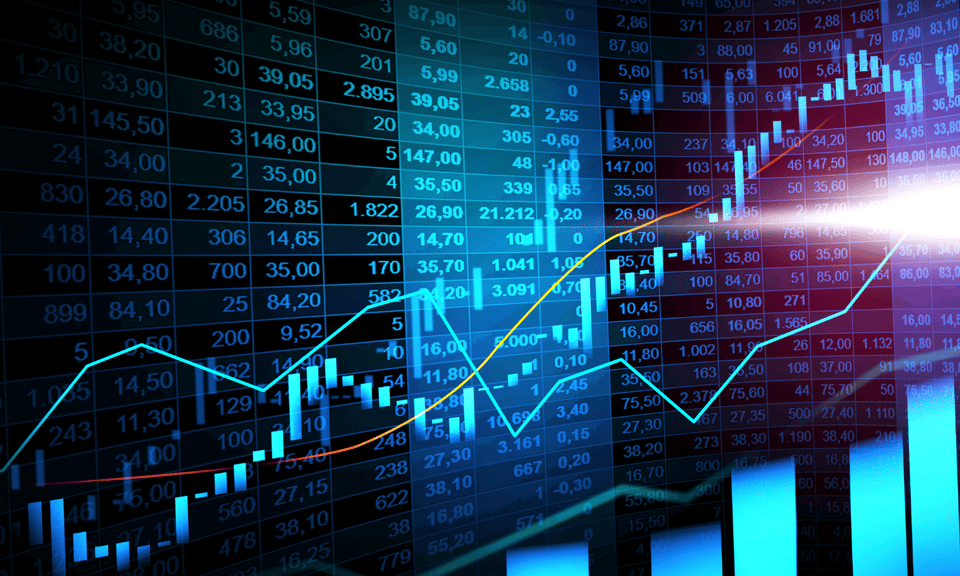Futures market liquidity is an important topic that’s easy to overlook. However, if you’re going to prosper as an active trader, then understanding the concepts of market depth and order flow is critical. Let’s take a closer look at the leading factors that affect futures liquidity.
Deep vs. Thin Markets
In general, liquidity is a measurement of how easy it is to exchange one type of asset for another. As it pertains to the futures markets, liquidity reflects the efficiency by which contracts are bought and sold.
In practice, futures market liquidity is a product of the ongoing dialogue between buyers and sellers. As market participants send orders to the market, the ability for a given contract to change hands quickly at a stable price is impacted. Subsequently, markets come in two basic varieties: deep and thin. Here’s a quick look at each type.
Deep
A deep futures market features heavy participation, consistent order flow, and no shortage of buyers and sellers. These elements promote trade-related efficiency and constant pricing volatility. As a general rule, deep markets are related to assets in the public eye.
Thin
Thin futures markets are those that experience lagging participation and limited order flow. These contracts are a challenge to trade due to choppy price action and wide bid-ask spreads. Slippage is a major concern in thin markets because entering and exiting trades efficiently can be a formidable challenge.
Deep, active markets are target-rich environments for active traders. When a contract is being frequently bought and sold, trade-related efficiencies and periodic volatilities are enhanced. As a result, positive expectation trading opportunities become more common because the negative influences of slippage and sudden volatility are minimized.
Addressing Futures Market Liquidity
For many active traders, finding liquid markets is job No. 1. Fortunately, this task may be routinely accomplished by simply looking at several indicators:
Traded Volumes
Average traded volumes represent the number of contracts that have changed hands in a market over a given period of time. For instance, the E-mini S&P 500 regularly trades more than 1 million contracts in a given day.
Open Interest
Futures market open interest is the total number of contracts held by market participants at the end of a trading day. From a practical standpoint, the greater the open interest, the greater the forthcoming market liquidity.
Trading Ranges
A contract’s periodic pricing fluctuations can be a signal of market liquidity. If order flow remains heavy, then an intraday, day, or weekly trading range is more likely to become extended. Although this phenomenon can occur in thin markets, it typically develops in those experiencing robust participation.
Large traded volumes, open interest, and extended trading ranges are signs that a market is liquid. Here are a few of the most consistently liquid contracts offered by the Chicago Mercantile Exchange (CME):
| Asset Class | Liquid Contracts |
|---|---|
| Agriculture | Corn (ZC), Soybeans (ZS), Wheat (ZW, KE) |
| Metals | Gold (GC), Copper (HG) |
| Energies | WTI Crude Oil (CL), Henry Hub Natural Gas (NG) |
| Equities | E-mini S&P 500 (ES), E-mini NASDAQ (NQ) |
| Currencies | Euro FX (6E), Japanese yen FX (6J) |
It is important to remember that the futures products with the highest liquidity are known as “front-month contracts.” A front-month contract is one that is close to expiration. When compared to “back-month” or “far-month” contracts, market depth, liquidity, and public interest are typically greater.
For instance, the E-mini S&P 500 is listed for trade quarterly, with the contract months of March, June, September, and December. Accordingly, the nearest month to the present represents the front-month contract and greatest futures market liquidity. This listing will be more liquid than back-month issues, which will likely feature reduced market depth and order flow.



